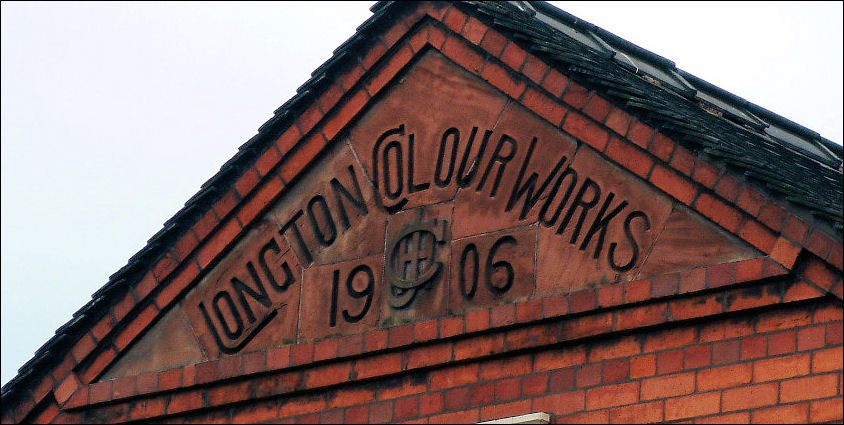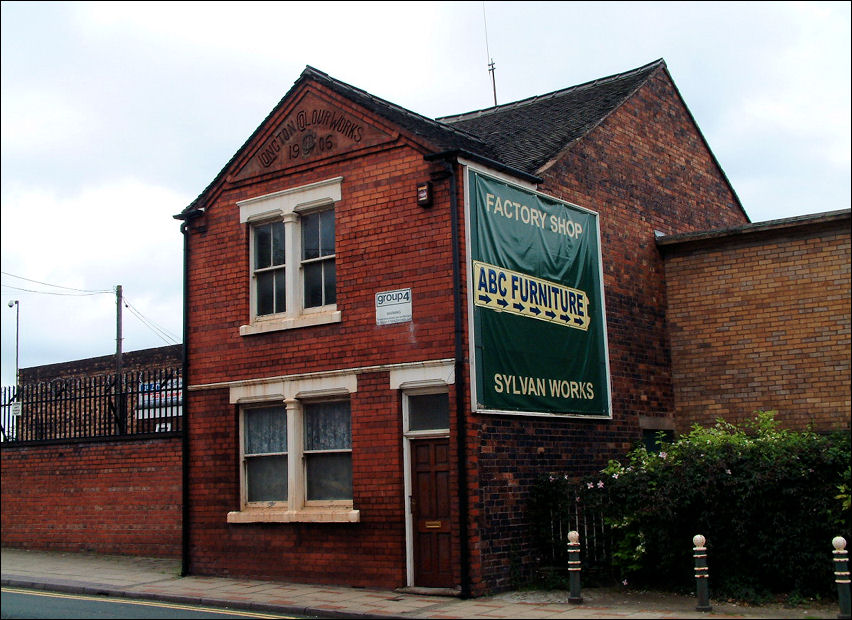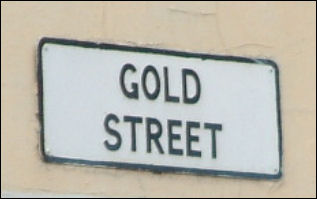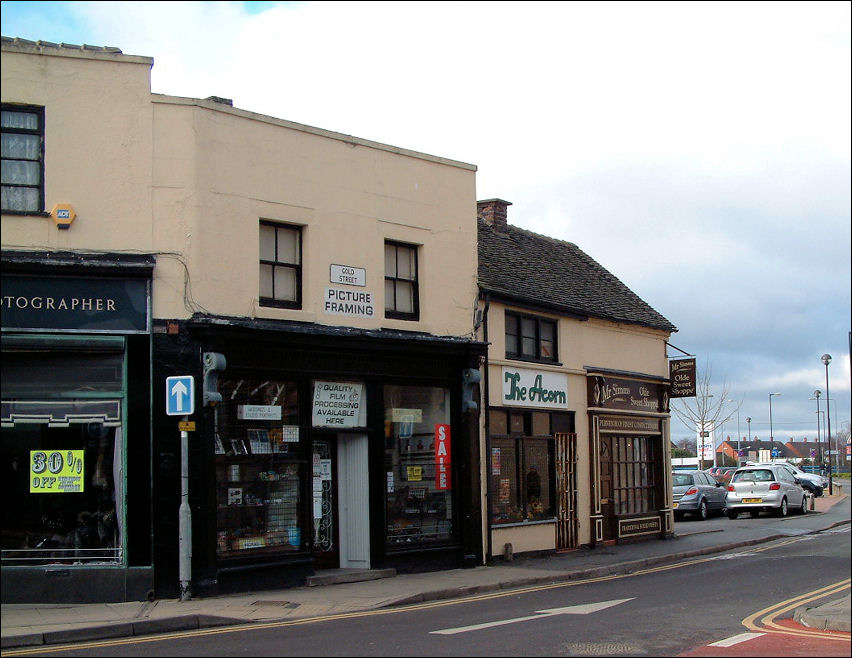![]()
|
|
|
|
|
Stoke-on-Trent - Advert of the week |
Potworks of the Week
Henry Jesse Cyples, Longton
Colour Works

H. J. Cyples, Longton Colour
Works, Normacot Road
sole agent for Dr. Möckel's celebrated liquid gold and silver
potter's colour maker and dealer in liquid gold
advert from.....
1907 Staffordshire Sentinel 'Business Reference Guide to The Potteries,
Newcastle & District'

Longton Colour Works,
HJC, 1906
the initials
in the date standing for...... H. J. Cyples,

Longton Colour Works,
Normacot Road
photos: June 2008
Mercury gilding was
introduced about 1785,
raised gilding in 1802,
liquid gold about 1811,
bright burnished gold in 1860,
and acid gilding in 1863.
|
The gilding of decorative ceramics has been undertaken for centuries, with the permanence and brightness of gold appealing to designers. Both porcelain and earthenware are commonly decorated with gold, and in the late 1970s it was reported that 5 tonnes of gold were used annually for the decoration of these products. Some wall tiles also have gold decoaration.
Wikipedia |

| A works in Gold Street,
Longton was stated in 1883 to be among the oldest in Longton, was then noted as the place where gold lustre had been discovered and first used for decoration.
It was held by Shufflebotham, Webberley, and Hallam in 1846, and after Shufflebotham's death in 1847 it passed from his executors to Hannah and Mary Shufflebotham who still held it in 1858. The Broadhursts held the works from at least 1860 until 1864, and Brough Brothers and Company were working in Gold Street from 1864 until 1870 when they were succeeded by James Abberley, himself followed in 1871 by Thomas Lowe; Mrs. Thomas Lowe held the works in 1875. Barker Brothers, of the family that had been working at Longton for about 100 years, were at Gold Street from at least 1876 until 1882 when they moved to the Meir Works, Barker Street, still occupied by Barker Brothers Ltd. Lowe, Ratcliffe and Company succeeded them at Gold Street where they made earthenware until at least 1892. J. W. Beswick was there by 1899, and the firm of John Beswick Ltd. made earthenware in Gold Street until 1969 when it was sold to Royal Doulton - who continued the Beswick works until 2003 when it was closed. |

Gold Street, Longton - off
The Strand
|
|